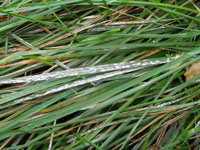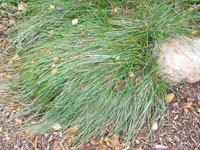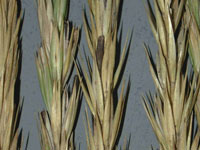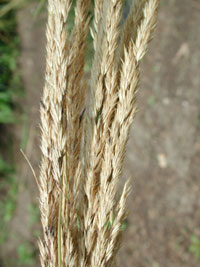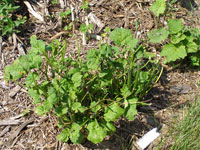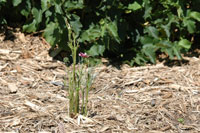Extension > Garden > Diagnose a problem > What's wrong with my plant? > Annuals and Perennials > Ornamental Grass
Annuals and Perennials > Ornamental Grass
1 of 4
Rust
Puccinia and uromyces sp.
- Small yellow, orange or red raised blisters on leaves and stems
- Powdery orange spores brush off infected leaves and can be seen on a white tissue
- Leaf tissue around the rust spots turns yellow and sometimes brown
- In severe cases rust spots may merge together to form large yellow or orange streaks or blotches
- Severely infected leaves may turn brown, dry up and die
- Rust spots become dark brown or black late summer and early fall
2 of 4
Powdery Mildew
Blumeria graminis
- Powdery, fluffy, white spots or blotches on leaves
- Tiny raised black dots may be visible within white spots late summer or early fall
- Severely infected plants may be completely covered in white or grayish white fungi
- Common or grasses grown in shady areas
3 of 4
Ergot
Claviceps purpurea
- Random, purplish-black hard oblong rods emerging from the seed head
- Purplish-black rod is 1 to 5 times the size of a normal seed
- Sticky drops of fluid may be seen on seed head early in the season
- More information on Ergot
4 of 4
Deer, rabbit and other animal damage
- All of large sections of leaves are cut off and missing, leaving only a stem or petiole (leaf stalk)
- Animal foot prints or dropping near plant
- Often happens suddenly, overnight





